"Too many pieces of music finish too long after the end."
AUTHOR: Igor Stravinsky
MEANING OF THE QUOTE:
"The secret to writing a good piece of music is not to
make it too short or too long. Timing is everything."
COMPOSER
VIVALDI

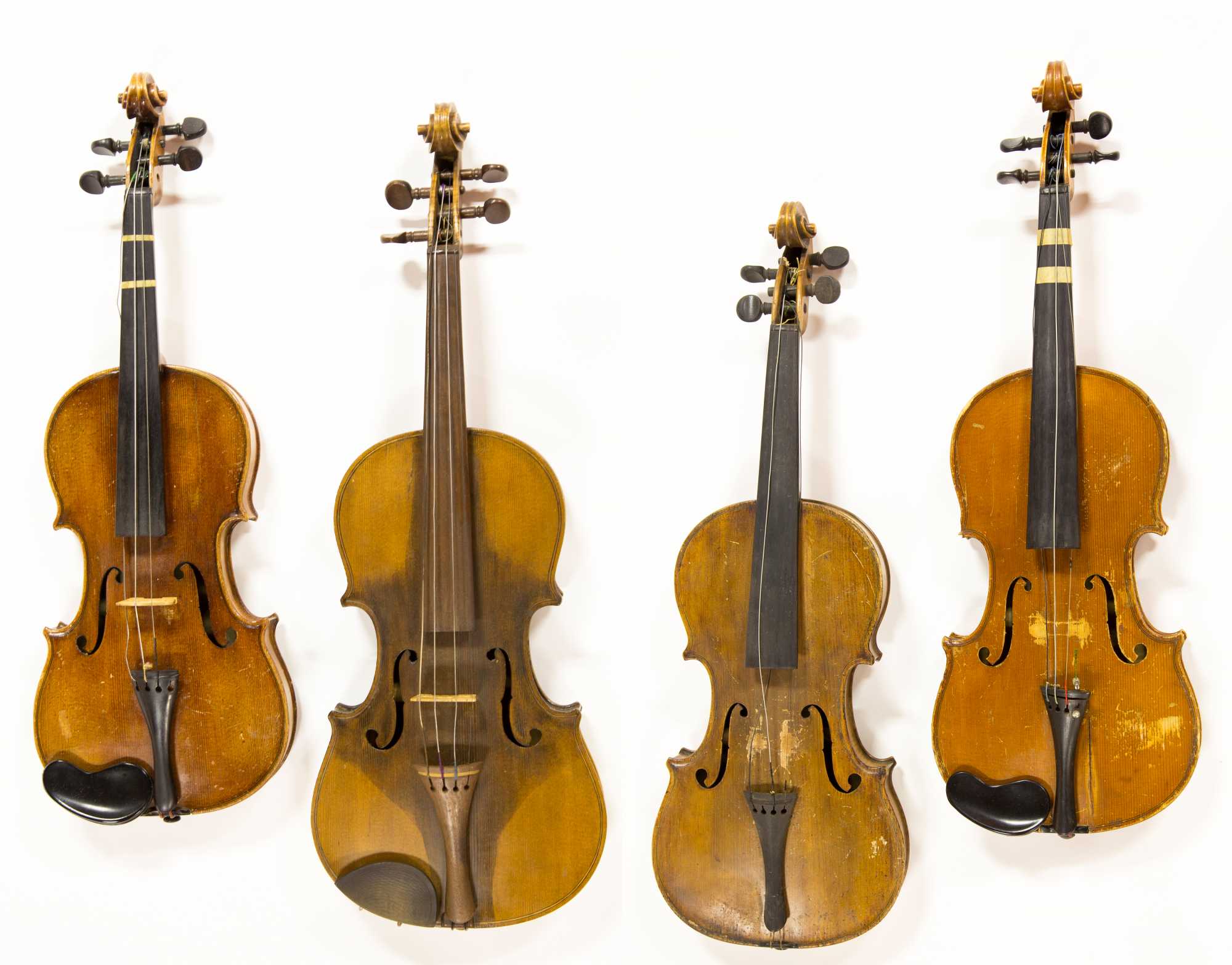
CONCERTO for FOUR VIOLINS,
CELLO, STRINGS, and CONTINUO
B MINOR OPUS 3 NO. 10 RV. 580
(L'Estro Armonico, 1711)
Viktoria Mullova, Baroque Violin
G. Antonini, Conductor
Il Giardino Armonico
CELLO, STRINGS, and CONTINUO
B MINOR OPUS 3 NO. 10 RV. 580
(L'Estro Armonico, 1711)
Viktoria Mullova, Baroque Violin
G. Antonini, Conductor
Il Giardino Armonico



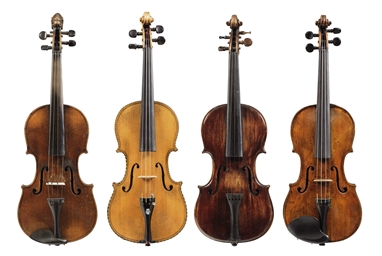







1. Allegro
2. Largo e Spiccato
3. Allegro










This piece comes from a collection of concertos
called "L’Estro armonico." The first movement
is structured as an alternation between the
ritornello (the recurring theme played by the
entire or "tutti" ensemble) and solo sections,
usually for one of the four violins. Unusual for
Vivaldi, the slow movement consists of a chain
of sections in different tempi. The finale is a
gigue where the solo violins often
play in dialogue.
 |
| Bach (left) and Vivaldi (right) http://internalvistas.blogspot.com/2013/05/vivaldi-and-bach.html |
J. S. Bach was an admirer of Vivaldi's work
(though they had never met) and was deeply
influenced by it; so much so that he made
some transcriptions of Vivaldi's music
including one arranged for four harpsicords
based on this concerto for four violins.
(though they had never met) and was deeply
influenced by it; so much so that he made
some transcriptions of Vivaldi's music
including one arranged for four harpsicords
based on this concerto for four violins.
L'Estro Armonico (Harmonic Inspiration),
Op. 3, is a collection of twelve concertos
(his first published collection of concertos)
for one, two, and four violins written by
Antonio Vivaldi in 1711 and dedicated
to the Grand Prince of Tuscany,
 |
| Ferdinando II de Medici |
It augmented the reputation of Vivaldi as
Il Prete Rosso (The Red Priest). Vivaldi
scholar Michael Talbot described the set
as "perhaps the most influential
collection of instrumental music to
appear during the whole of the



Op. 3, L'Estro Armonico:
12 Concerti per Violini
(Complete)
Ottavio Dantone, Conductor
Accademia Bizantina







BASSO CONTINUO
 PODCAST
PODCAST Basso Continuo is a form of musical
accompaniment (accompaning solo
instruments and singers as well as
instrumental groups) used in the
Baroque period. It means "continuous
bass" and is a method of thickening
musical textures by augmenting the
bass line. Usually this accompaniment
was played by a keyboard instrument
and another bass instrument such as
cello, violone (an old form of double bass
harpsichord or, if it was being played
in a church, an organ.


It was not usual to write out all the
notes for the keyboard player. The
composer normally just wrote the
bottom line (an independent bass
line) which would be played by the
bottom part of the left hand, and by
the cello or whatever the instrument
being used. The composer would
indicate what the harmony should
be (which chords should be played)
by writing figures underneath the
music . This is why this
accompaniment is sometimes called
"figured bass," besides the names of
"thoroughbass," or simply "continuo."
The continuo player will "realize"
the figured bass i.e. he will improvise
the chords which are shown. In
modern editions of old music the
figured bass part has normally been
realized (written out) by the editor.
Over the bass line the accompanist
would often improvise ornamental
bits on the treble top. Reading music
from a figured bass was a skill that
all keyboard and piano players were
expected to have. They needed to
have a good understanding of music
theory, especially of harmony.
 |
| http://www.slideshare.net/MsMac0409/part-3-pgs-132178-baroque?related=3 |
The use of the basso continuo is
confined, for the most part, to music
of the Baroque era. So widespread
was the use of the basso continuo
that some people used to refer to
the Baroque period as the "basso
continuo era." Continuo groups are
employed in vocal and instrumental
ensembles ranging from three



CONCERTO GROSSO
This concerto was written for "four soloists"
who are an ensemble in themselves (called
a "concertino" ensemble) who play along side
an accompanying ensemble called a "ripieno."
During the Baroque era this type of concerto,
very popular in its early years, was called a
concerto grosso. It was soon to be largely
replaced by the solo concerto, which
had only one solo instrument.



and reworked into his Concerto for Four
Other than altering the instrumentation, keeping close to
the original, Bach basically only changed the key from
B minor to A minor and filled in some bass harmony.

BACH:
CONCERTO in A MINOR, BWV 1065
for 4 HARPSICORDS,
STRINGS and BASSO CONTINUO
(Transcription of Vivaldi RV 580)
Helmut Müller-Brühl, Conductor
Cologne Chamber Orchestra
II. Adagio 03:59
Here is another version where you can see
all the harpsicords playing together:



BACH:
all the harpsicords playing together:
BACH:
CONCERTO in A MINOR, BWV 1065
for 4 HARPSICORDS,
STRINGS and BASSO CONTINUO
(Transcription of Vivaldi RV 580)
Part 1:(Transcription of Vivaldi RV 580)
1st Movement (Allegro)
BACH:
CONCERTO in A MINOR, BWV 1065
for FOUR HARPSICORDS,
STRINGS and BASSO CONTINUO
(Transcription of Vivaldi RV 580)
Part 2:(Transcription of Vivaldi RV 580)
2nd Movement (Adagio)
3rd Movement (Allegro)
3rd Movement (Allegro)



LINKS
http://ccnmtl.columbia.edu/projects/sonicg/terms/basso_continuo.html
http://www.medieval.org/emfaq/misc/continuo.html
http://music.stackexchange.com/questions/318/why-was-basso
-continuo-not-widely-used-after-the-baroque-period
http://books.google.com.au/booksid=sneYoAFYXqsC&pg=
PA91&lpg=PA91&dq=facts+basso+continuo&source=bl&
ots=3x1sETo3R&sig=VSLNIeVpcBh14rE47qEMYWs7IOs&
hl=en&sa=X&ei=KqJ2T_GZHc2YiAe5lYHgBA&ved=0CFAQ
6AEwBg#v=onepage&q=facts%20basso%20continuo&
f=falsehttp://simple.wikipedia.org/wiki/Basso_continuo
http://everything2.com/title/basso+continuo
http://imslp.org/wiki/Concerto_for_4_Violins_and_Cello_in_B_minor,_RV_580_(Vivaldi,_Antonio)
http://www.tso.ca/en-ca/Discover-the-Music/Programme-Notes/Concerto-in-B-Minor-for-Four-Violins.aspx
http://classicalsheetmusicgratis.org/string-orchestra-2
http://themusicsalon.blogspot.com/2014/10/concerto-guide-vivaldi-concerto-for.html
http://www.aam.co.uk/media/Files/Resources/Programme-notes/14-02_Tognetti.pdf
https://www.youtube.com/watch?x-yt-ts=1422411861&v=EhV9prGZnkk&x-yt-cl=84924572
http://es.wikipedia.org/wiki/L'Estro_Armonico
http://www.medieval.org/emfaq/misc/continuo.html
http://music.stackexchange.com/questions/318/why-was-basso
-continuo-not-widely-used-after-the-baroque-period
http://books.google.com.au/booksid=sneYoAFYXqsC&pg=
PA91&lpg=PA91&dq=facts+basso+continuo&source=bl&
ots=3x1sETo3R&sig=VSLNIeVpcBh14rE47qEMYWs7IOs&
hl=en&sa=X&ei=KqJ2T_GZHc2YiAe5lYHgBA&ved=0CFAQ
6AEwBg#v=onepage&q=facts%20basso%20continuo&
f=falsehttp://simple.wikipedia.org/wiki/Basso_continuo
http://everything2.com/title/basso+continuo
http://imslp.org/wiki/Concerto_for_4_Violins_and_Cello_in_B_minor,_RV_580_(Vivaldi,_Antonio)
http://www.tso.ca/en-ca/Discover-the-Music/Programme-Notes/Concerto-in-B-Minor-for-Four-Violins.aspx
http://classicalsheetmusicgratis.org/string-orchestra-2
http://themusicsalon.blogspot.com/2014/10/concerto-guide-vivaldi-concerto-for.html
http://www.aam.co.uk/media/Files/Resources/Programme-notes/14-02_Tognetti.pdf
https://www.youtube.com/watch?x-yt-ts=1422411861&v=EhV9prGZnkk&x-yt-cl=84924572
http://es.wikipedia.org/wiki/L'Estro_Armonico
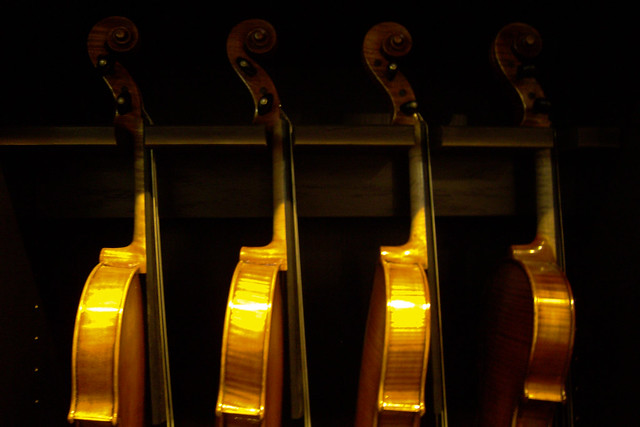





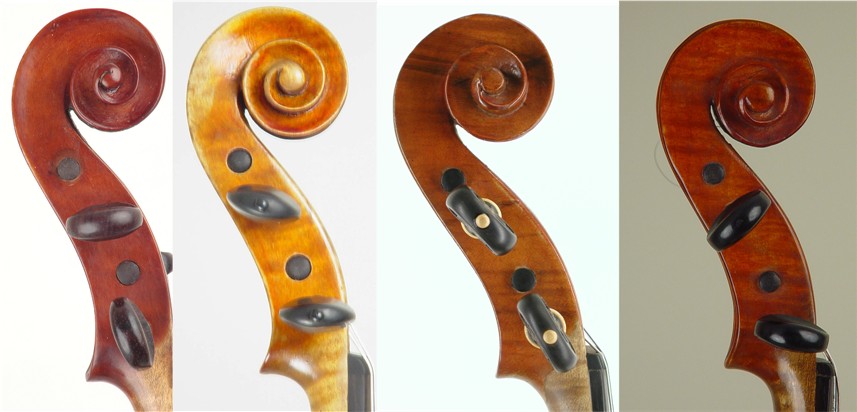
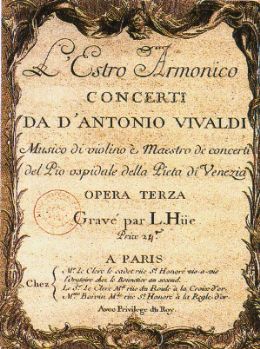


.jpg)

.jpg)